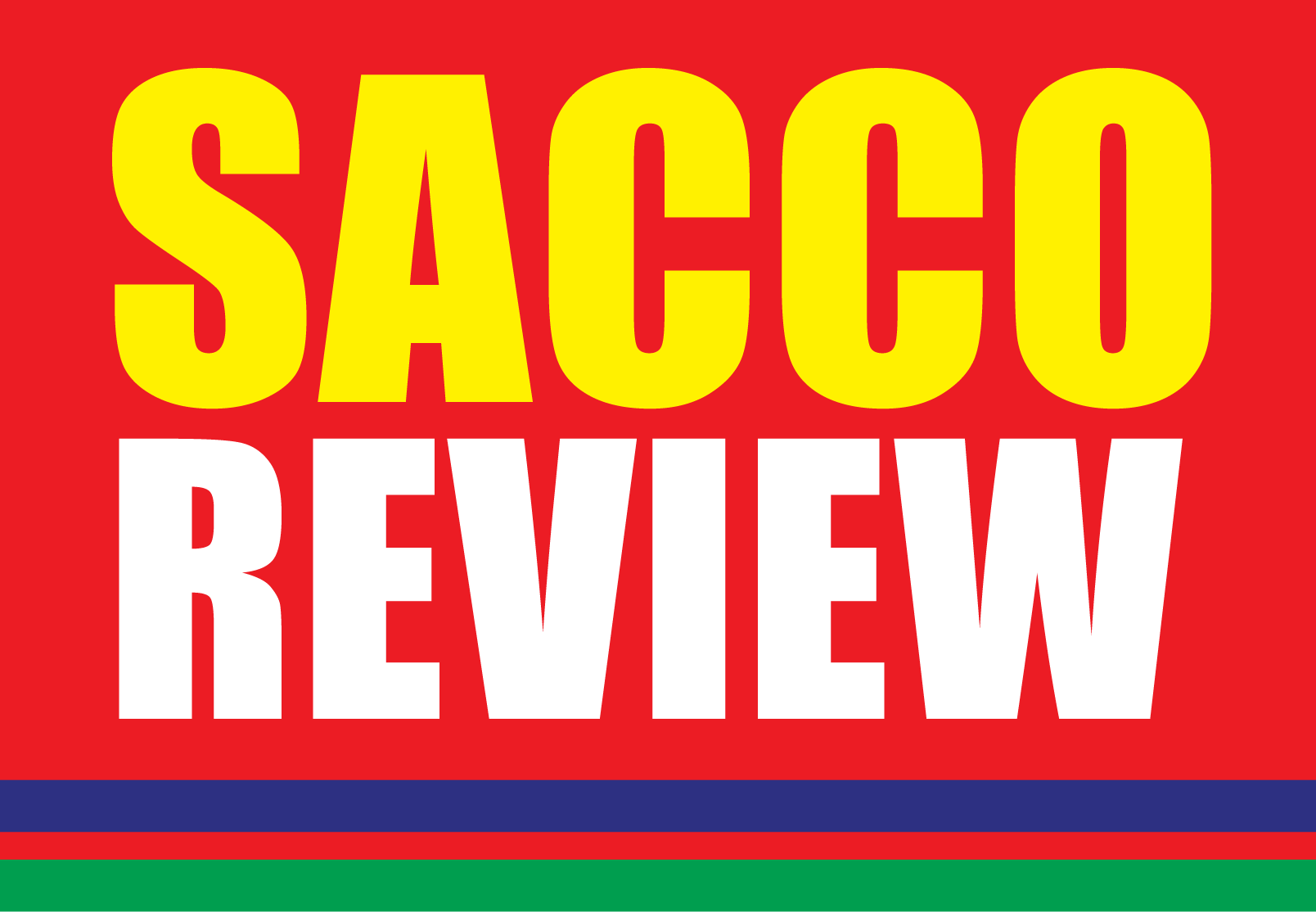Kenya’s micro, small, and medium-sized enterprises (MSMEs) are facing a credit crunch, with loan approvals dropping by 13 per cent over two years due to rising interest rates and rigid collateral requirements.
This is according to the Central Bank of Kenya’s (CBK) 2024 Survey Report on MSME Access to Bank Credit, released in June 2025.
Between 2023 and 2024, MSMEs submitted loan applications worth Ksh872.6 billion to commercial and microfinance banks. Of this, Ksh771.1 billion was approved. However, this marked a sharp decline from the 2022 figures, when applications stood at Ksh1 trillion and approvals hit Ksh829.8 billion.
The report warns that the contraction in MSME lending could stifle job creation and economic growth, given that small businesses account for the bulk of employment in Kenya.
ALSO READ:
NIA woes developing partners to expand rice production in West Kenya
Interest rates remain a major hurdle. As of December 2024, commercial banks charged MSMEs an average of 16.4 per cent, while microfinance banks (MFBs) levied a steep 26.3 per cent. These rates were higher than those recorded in 2022, signaling a growing cost of capital.
Breakdowns show that micro enterprises paid 16 per cent at commercial banks, small enterprises 16.6 per cent, and medium-sized firms 16.7 per cent. At MFBs, micro enterprises faced 23.8 per cent, small businesses 30.9 per cent, and medium-sized firms 24.3 per cent.
The report notes that financial institutions continue to demand tangible assets, especially from medium-sized enterprises, locking out many startups and asset-light businesses from formal credit channels.
As a result, many MSMEs are forced to rely on informal lenders, often at higher costs and with fewer protections. The report links these challenges to a broader contraction in MSME credit access.
ALSO READ:
By December 2024, the number of active MSME loan accounts had dropped to 0.89 million, a 24.7 per cent fall from 1.18 million in 2022. While the overall loan portfolio value rose slightly, the shrinking number of accounts suggests fewer businesses are accessing formal credit.
CBK attributes the decline to high interest rates, subdued consumer demand, and growing competition from digital lenders and Saccos. These alternative platforms are increasingly attracting MSMEs with more flexible terms and faster approvals.
Despite contributing 33.8 per cent to Kenya’s GDP in 2015 and employing millions, MSMEs continue to face systemic barriers to financing. The report calls for targeted reforms to improve access, including credit guarantee schemes, tailored financial products, and streamlined collateral policies.
By Masaki Enock
Get more stories from our website: Sacco Review.
For comments and clarifications, write to: Saccoreview@
Kindly follow us via our social media pages on Facebook: Sacco Review Newspaper for timely updates
Stay ahead of the pack! Grab the latest Sacco Review newspaper!



